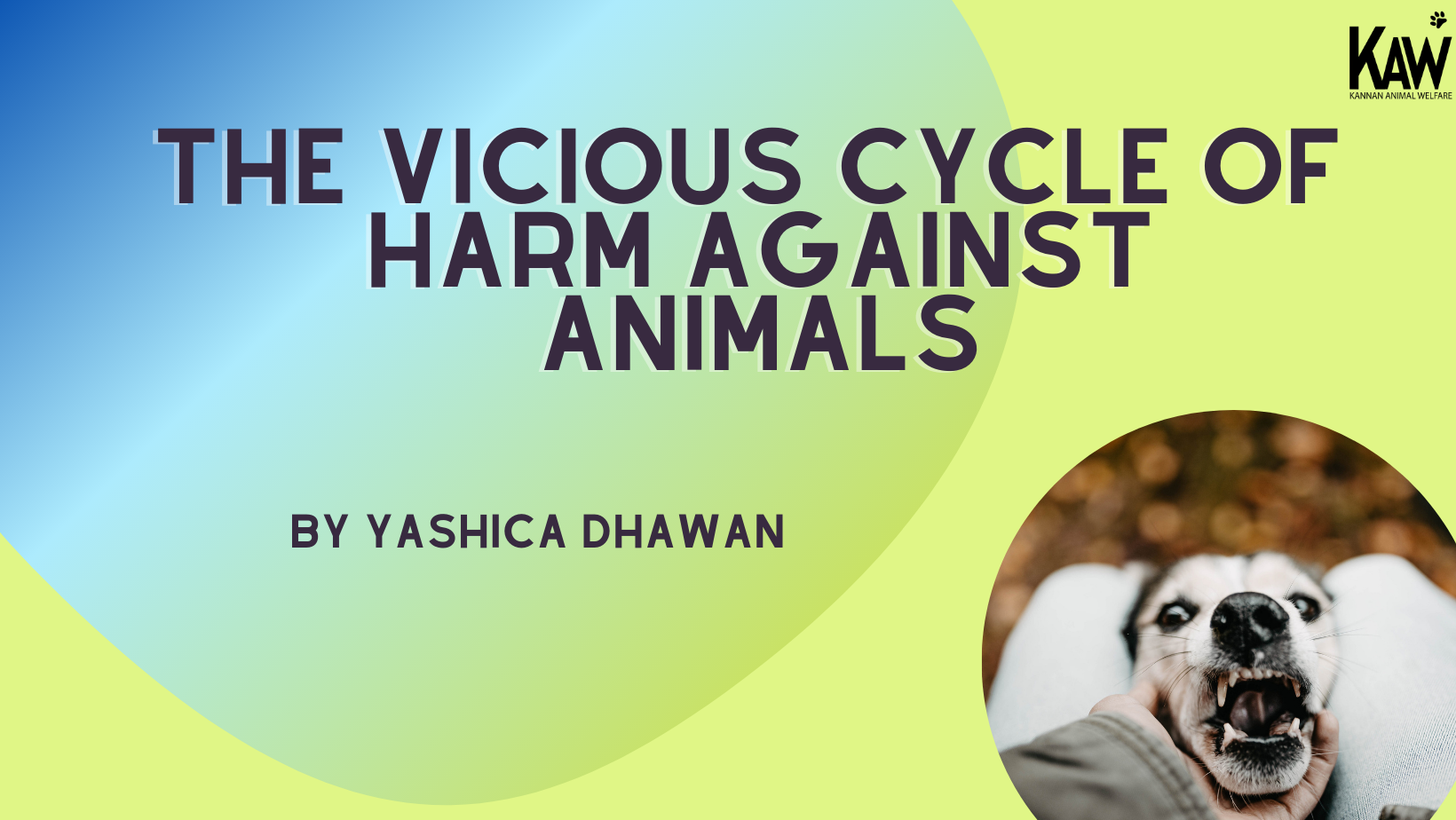On Evolution & Purebred Dogs
By Ayush Choudhary
Animal breeding, genetics, and genomics is the branch of science concerned with maximizing desirable genetic traits. With pets, there is a large diversity in breeding practices, which may impact genetic variability and the health of selected breeds. The deleterious impact of breeding on fitness traits is investigated for dog breeds.
Humans and dogs have been entwined in a symbiotic relationship that dates back some 15,000 years. Through these millennia, we’ve crafted them into all sorts of wild configurations, forging them into what are now highly recognizable and popular breeds. But for many purebreds and their proprietors, the adherence to outrageous rearing standards has resulted in wretchedness, with pedigree dogs suffering from an array of physical and behavioral issues.
The idea of breeding is a particularly fragile subject to talk about because there are many varying feelings in regards to the inspiration driving the reproducing choices. Which traits are weighted the most can vary according to what will yield the most profit or what will give the healthiest animals, thus saving costs on healthcare expenses. Purebreds are popular among dog owners for their own sake, selecting breeds according to size, energy, personality, aesthetics, and many other factors.
Breeding has helped humans to prevent or eliminate specific diseases from animals. Also, the desirable traits in animals that cross-breeding has helped humans to develop over time are beneficial in adapting to different living or growing conditions.
All things considered, there are some unsettling factors that we cannot disregard as far as breeding goes. Namely, the over-breeding of certain dogs is highly problematic, as it has left particular breeds with severe retinal and respiratory issues and has impeded their ability to mate or breed without human intervention. Many breeds have health problems because we’ve crafted them into impossible shapes that wouldn’t be found in a state of nature; dogs are descended from a wolf-like progenitor, with most perceived breeds exhibiting only a superficial resemblance to their evolutionary forebears.
When the focus on the exterior goes from being about securing the best possible build to prevent hip dysplasia, for instance, to making the cutest and tiniest dog, that’s when we cross the line into animal cruelty.
Perhaps one of the most outrageous cases is the English bulldog. Owing to an agonizingly small genetic base and the imposition of highly unrealistic physical characteristics, this dog suffers from myriad health problems, ranging from hip dysplasia and breathing issues to cancer and annoying cysts that grow between the toes (interdigital cysts). English bulldogs are also susceptible to infections, and it’s exceptionally difficult for them to stay cool—both conditions the result of a radically diminished nasal cavity.
Some breeds are also experiencing neurological issues, which tend to be subtler and harder to detect. For pugs, they seem to have an abnormal gait, a problem exacerbated by skeletal deficiencies. This results in the avoidance of certain surfaces (like asphalt), difficulties jumping, and worn-down, bleeding nails on the front side of their paws, which is caused by the dragging of feet.
German shepherds, as another example, are disproportionately prone to musculoskeletal disorders, arthritis, diarrhea, obesity, and behavioral problems.
This is tragically the story of the breeding industry as well, where we see the profit motive overshadowing over all other factors. We’ve seen excessively numerous instances of birds being bred to grow muscle tissue faster than the bones in their legs can support, leaving them with fractured legs due to their unnaturally fast weight gain.
If we truly consider the severe impacts of such practices on animals, it is safe to say that keeping in mind evolution, cross-breeding does make sense!






